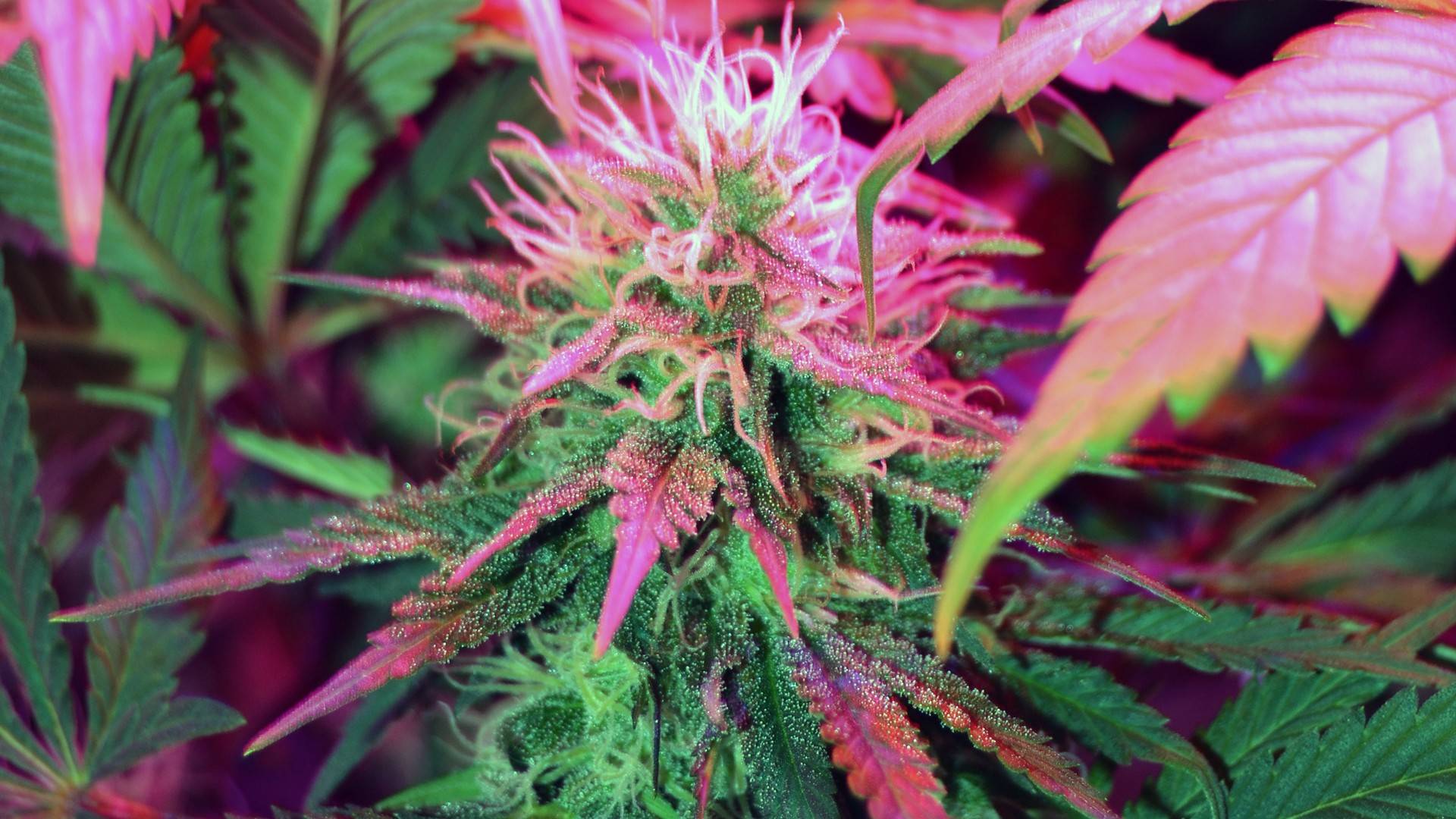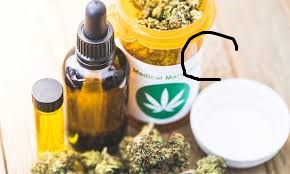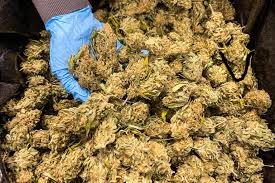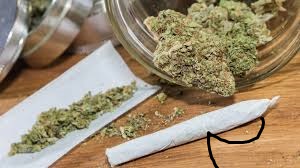The legalization has also had these effects on perception and behavior of the people:
- There have been changes in the general public attitude and currently more than 70 percent of all Americans are in favor of its legalization to be used on an adult basis.
- The improved social acceptance has brought visibility in the use of cannabis, as well as the necessity to provide more education on safe ways of consumption, especially in terms of dosing, types of products, and risks among the youth.
- There have been worries regarding early initiation, greater consumption amid adolescents, and normalization of high-potency products. Although the data are inconclusive, it is necessary to monitor the use patterns, particularly those of vulnerable populations constantly.
Market regulation and consumer protection
Legal markets make it possible to regulate product quality and safety and remove the risks of illicit cannabis,
which may be contaminated with pesticides, mold, or synthetic cannabinoids. Lab testing, labeling, dosage limitations and child resistant packaging are required by states,
all of which help keep the consumers safe and make informed choices.
Future Directions and Innovations in Cannabis Science
The changing politics of marijuana legalization and commercialization has triggered scientific explosion in the new frontier of cannabis research and development. Leaving behind the simple pharmacology of THC and CBD, current cannabis science is now technologically enabled and guided by novel therapeutic targets and optimised delivery approaches with the objective to enhance efficacy and safety. The need to fill knowledge gaps in evidence-based cannabis products increases with clinical and public demand, which can only be achieved using sound scientific methods and translation research structures.
The world of Minor Cannabinoids and Terpenes
Cannabis plant consists of more than 100 phytocannabinoids, and many of them are under-investigated. These are cannabigerol (CBG), cannabinol (CBN), tetrahydrocannabivarin (THCV) and cannabichromene (CBC). Initial research indicates that these compounds could have anti-inflammatory, neuroprotective, appetite-stimulating, or antibacterial effects. For instance:
- CBG has possibilities in the management of inflammatory bowel malady and glaucoma.
- The appetite-suppressant property is being investigated in THCV as an anti-obesity and metabolic syndrome.
- CBN possesses possible sedative as well as anticonvulsant effects.
At the same time, the importance of terpenes, which are aromatic hydrocarbons that provide cannabis with its aroma, is also being tested regarding their possible entourage effect. Linalool, myrcene, and limonene are examples of terpenes that could assume the regulation of the effects of cannabinoids and provide anxiolytic, analgesic, and anti-inflammatory effects.




